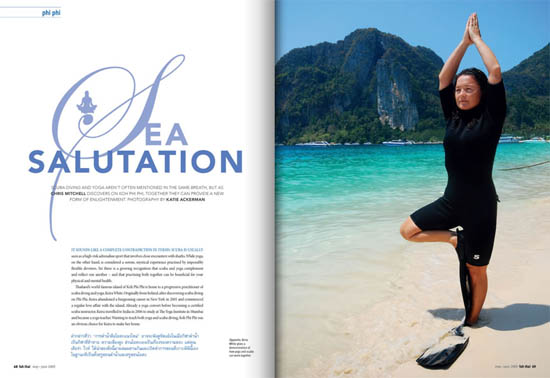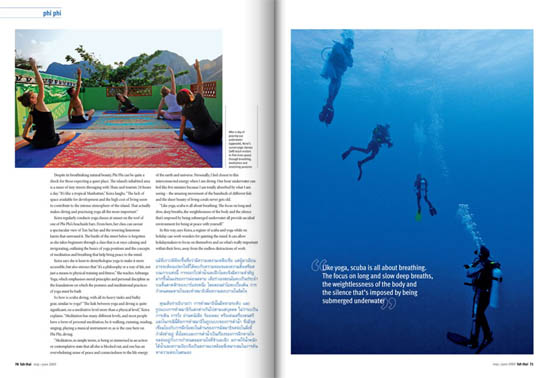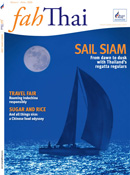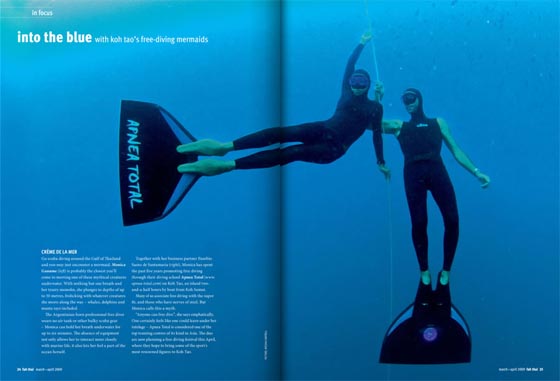For a convenient overview of why Koh Lanta is one of the best places to go diving in Thailand, check out AmazingLanta’s quick guide to the best diving and where to stay on the island
Koh Lanta is my favourite island in Thailand – I’ve been going there for the last five years and while the island has been getting increasingly popular over that time, it still remains largely untouched with fantastic, largely empty beaches and a great, laid-back feel to it. (Mind you, it does get pretty busy over the Christmas / New Year period). Besides the island itself, Lanta is positioned to get to some of Thailand’s best diving – and this is the reason I keep going back.
The dive sites of Koh Haa and Hin Daeng / Hin Muang are spectacular in their diversity and what might turn up – everything from manta rays to whale sharks to tiny, beautiful creatures like harlequin shrimp. You can do daytrips to these sites or go on a liveaboard. My mate Rob, who lives on Koh Lanta, has recently written up a very handy overview of Koh Lanta Diving on his site AmazingLanta.com which is well worth checking out if you’re looking for somewhere less crowded than Phi Phi or Phuket as your base for diving Thailand’s southern dive sites.









 Imagine being in the water with a shark six times your size and weighing nearly 15 tons, with a mouth that at full gape can open to over a metre in width. It’s not the stuff of nightmares but an experience many scuba divers who come to Thailand have at the top of their Must See lists – an encounter with the enormous, enigmatic and perfectly harmless whale shark, which can grow up to a staggering 12 metres in length and is officially classified as the world’s biggest fish. In keeping with their huge bulk, whale sharks cruise serenely through the water, moving their entire massive bodies rather than just their tails to power themselves – and while they look as if they move slowly, it takes a champion swimmer to keep up with a whale shark’s implacable progress for more than a few minutes.
Imagine being in the water with a shark six times your size and weighing nearly 15 tons, with a mouth that at full gape can open to over a metre in width. It’s not the stuff of nightmares but an experience many scuba divers who come to Thailand have at the top of their Must See lists – an encounter with the enormous, enigmatic and perfectly harmless whale shark, which can grow up to a staggering 12 metres in length and is officially classified as the world’s biggest fish. In keeping with their huge bulk, whale sharks cruise serenely through the water, moving their entire massive bodies rather than just their tails to power themselves – and while they look as if they move slowly, it takes a champion swimmer to keep up with a whale shark’s implacable progress for more than a few minutes. 